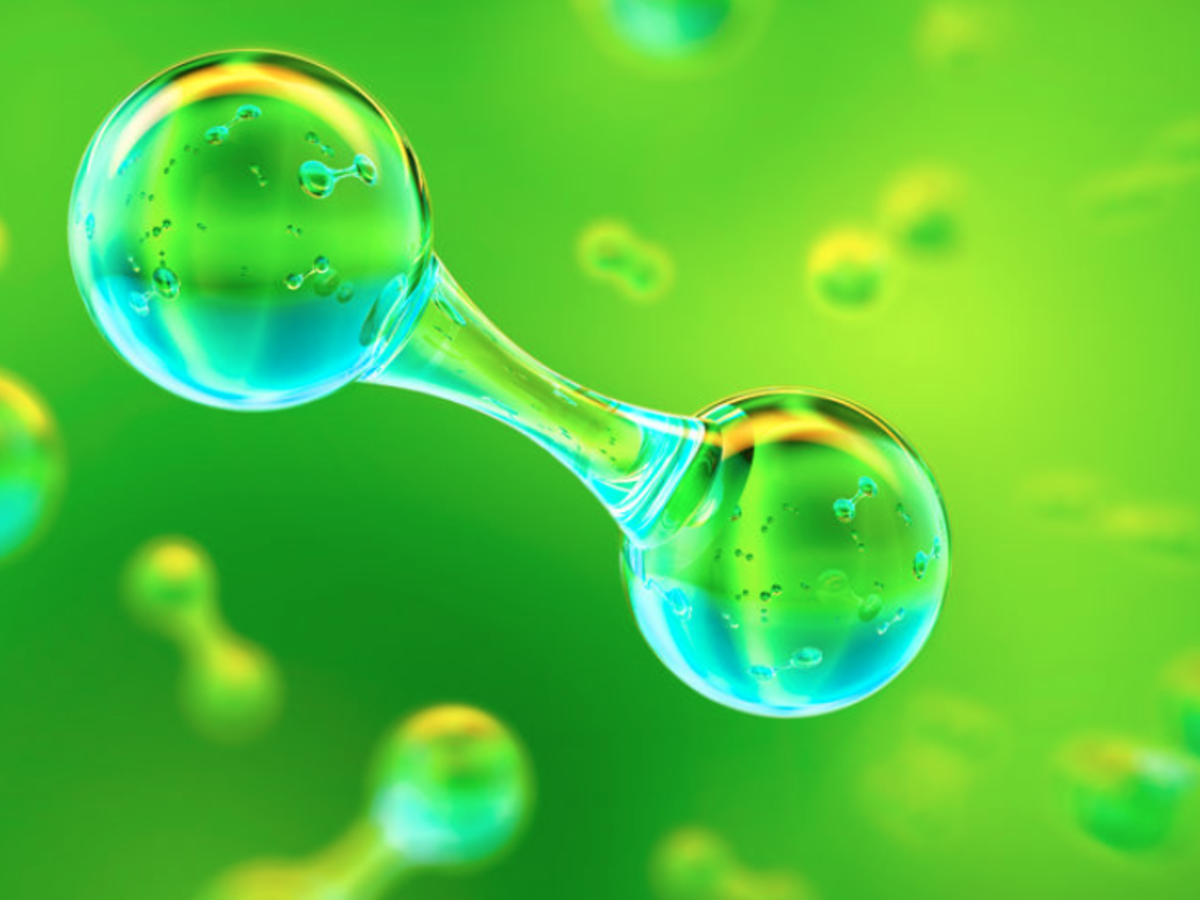Green Hydrogen Standards
The Ministry of New and Renewable Energy in India has achieved a notable milestone by establishing the benchmark for producing green hydrogen within the nation. Green hydrogen, considered environmentally friendly due to its minimal carbon footprint, is now defined as hydrogen with well-to-gate emissions not exceeding two kg carbon dioxide equivalent per kg of hydrogen. This standard encompasses emissions from various production stages, including water treatment, electrolysis, and gas purification. Both electrolysis-based and biomass-based production methods are covered under this definition.
The notification appoints the Bureau of Energy Efficiency (BEE) as the entity responsible for accrediting organizations that supervise the surveillance, confirmation, and endorsement of projects related to green hydrogen. This move aligns with India’s National Green Hydrogen Mission, aiming to produce 5 million metric tonnes of green hydrogen annually by 2030, supported by an associated renewable energy capacity of about 125 GW.
What is the significance of India defining a standard for green hydrogen?
Defining a green hydrogen standard establishes clear criteria for environmentally friendly hydrogen production. It ensures consistency and transparency in the sector while aligning with India’s renewable energy goals.
How is green hydrogen defined according to the notification?
Green hydrogen is defined as hydrogen with well-to-gate emissions not exceeding two kg carbon dioxide equivalent per kg of hydrogen. This includes emissions from various production stages like electrolysis, gas purification, and more.
What is the scope of the green hydrogen definition?
The green hydrogen definition covers both electrolysis-based and biomass-based production methods, encompassing a range of hydrogen production techniques.
What role does the Bureau of Energy Efficiency (BEE) play in this context?
BEE is designated as the nodal authority responsible for accrediting agencies that monitor, verify, and certify green hydrogen production projects. This ensures reliable oversight and compliance with the defined standard.
How does the National Green Hydrogen Mission contribute to India’s energy goals?
The mission aims to produce 5 million metric tonnes of green hydrogen annually by 2030, alongside about 125 GW of associated renewable energy capacity. This significant investment aligns with India’s commitment to sustainable energy.
What is the Strategic Interventions for Green Hydrogen Transition (SIGHT) program?
The SIGHT program is a financial initiative under the National Green Hydrogen Mission, with an outlay of Rs 17,490 crore. It offers incentives for domestic electrolyser production and green hydrogen generation, fostering technology development and cost reduction.
Month: Current Affairs - August, 2023
Category: India Nation & States Current Affairs








